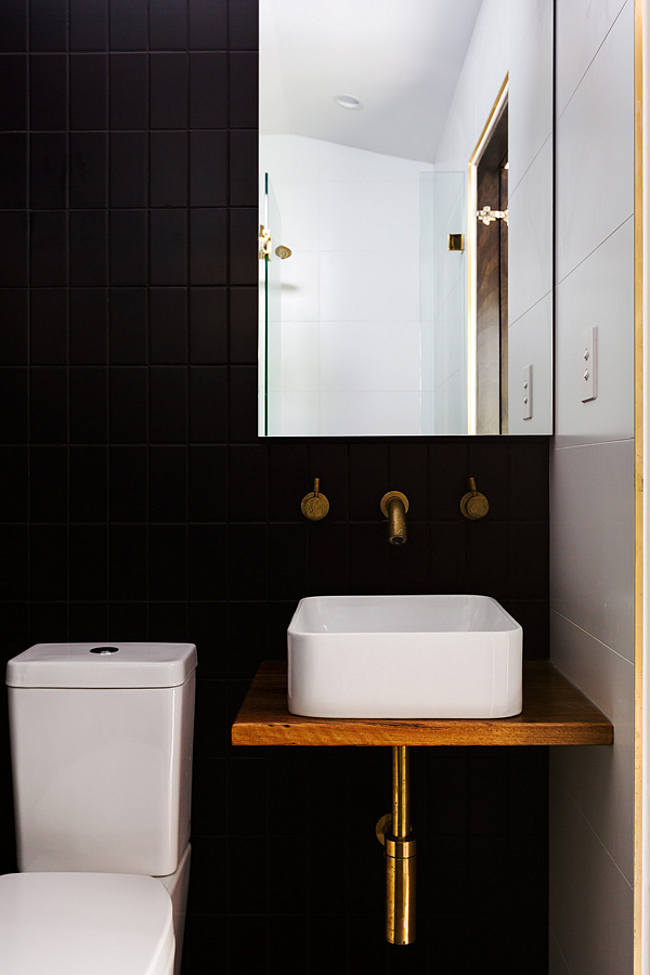

Think of a pen and ink drawing that uses super-fine lines close together to create different surfaces, from brick to fur to wood. We don’t often think of lines as texture, but they certainly can create the illusion of it. For this reason, even the most expressive designs need to include some lines (even if they’re softer or only implied) to keep viewers engaged. By using more straightforward lettering, a simple lined border around the text, or both, you direct the eyes - the straight lines act as visual arrows pointing to spots of interest. Even the lettering may be hard to focus on, as the flowing script font lacks structure. The text may get lost as your eyes bounce around the background, searching for a place to land. Imagine you have a graphic with a colorful but formless background and a text over the top. They provide a sort of visual guideline that helps you focus on points of emphasis in the design. This leads us into the next part that lines play in the design world.Īside from just dividing space and creating clarity, lines also help direct the eye. Well-placed lines eliminate this problem, creating hard edges that the brain can easily translate and dividing the design into more manageable chunks. A free-flowing design without any distinguishing lines or shapes is difficult for the eyes to interpret, especially if there are multiple colors, textures or images in the design.

One of the basic roles a line fills is dividing the space. Obviously lines help you to create basic shapes and letters, but they also play other roles that are less often considered, but no less important. In art and design, they will come in all shapes and sizes - wavy, curly, straight, long, short and everything in between. To quote your 10th grade geometry textbook, a line is the distance between two points.
#Line as element of design how to#
Let’s outline some of the roles that lines play in design, and how to use lines to your advantage as you shape your imagery. It’s the humble line, and it may seem like an unimportant detail, but this fundamental element wears many hats as it assists you in creating well-formed images. It’s an essential building block of design. You use it every day without fail, and maybe even without noticing.


 0 kommentar(er)
0 kommentar(er)
